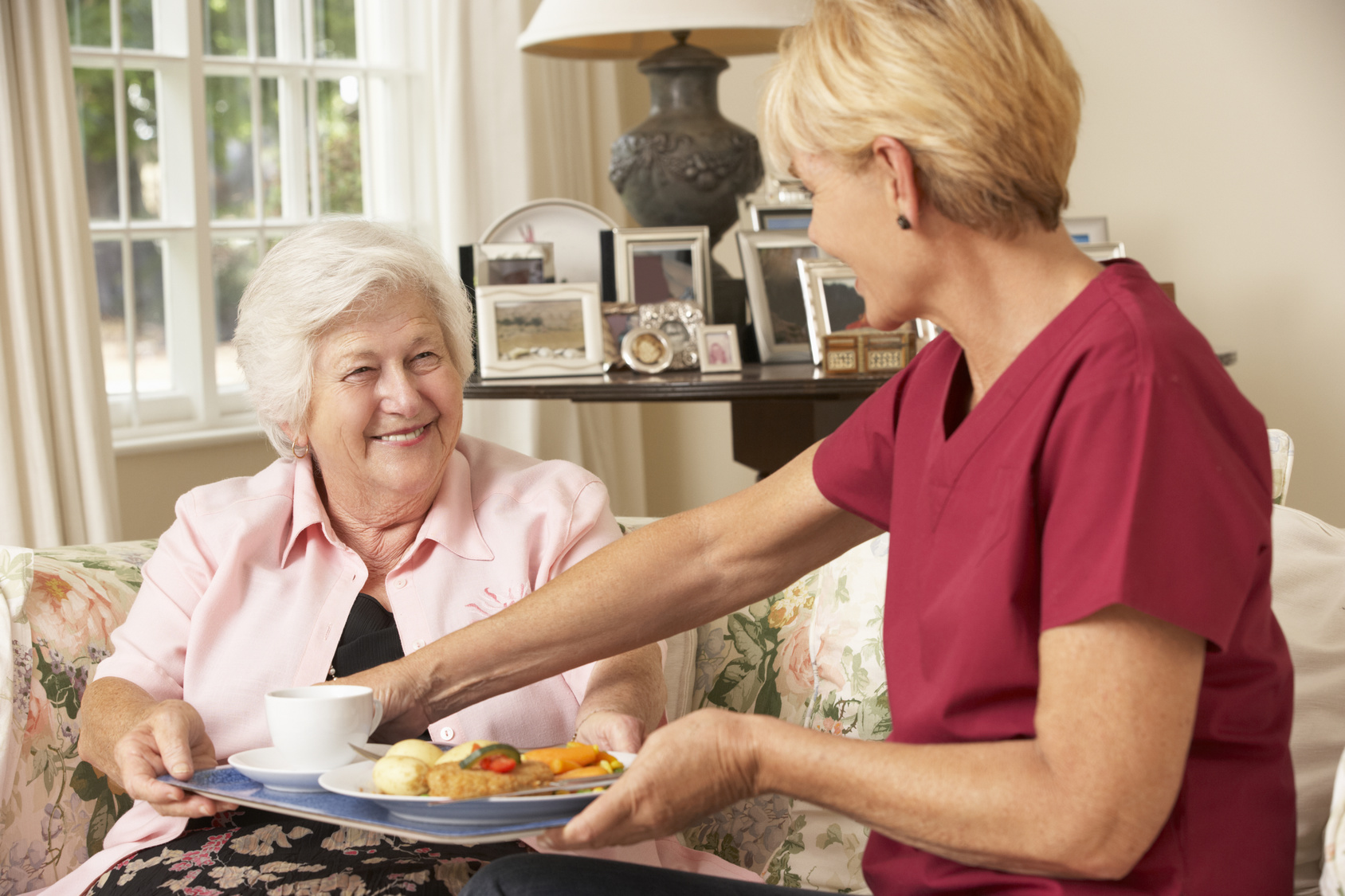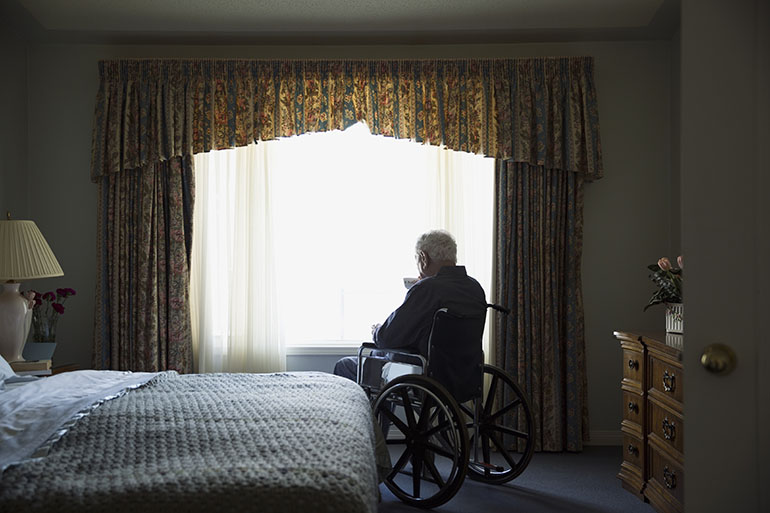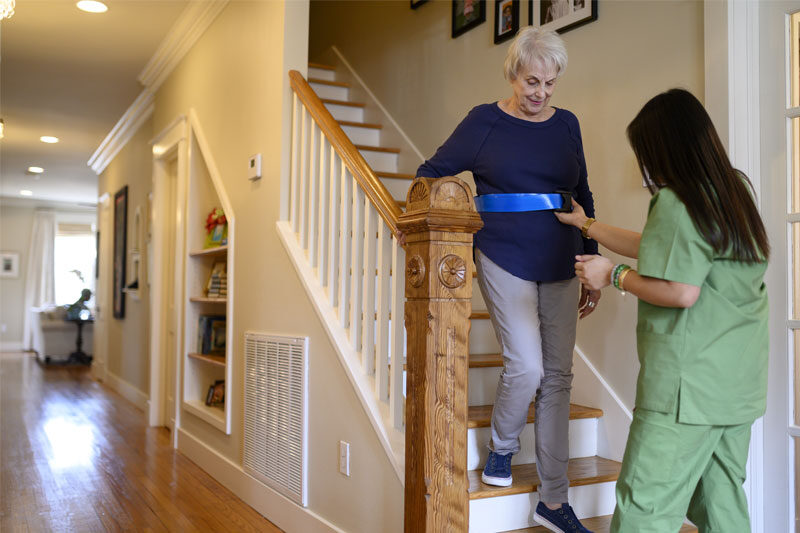The concept of aging in place is increasingly popular among seniors who wish to maintain their independence while remaining in their own homes. However, one of the significant concerns family caregivers and seniors face is the risk of falls. Implementing fall detection for aging in place can provide peace of mind and enhance safety for elderly individuals.
Falls are a leading cause of injury among older adults, often leading to severe consequences such as fractures, hospitalizations, and in some cases, loss of independence. With fall detection devices, these risks can be mitigated, ensuring that help is promptly available when needed.

Understanding Fall Detection
Fall detection involves using technology to identify when a fall occurs and notifying caregivers or emergency services. These systems typically use sensors, accelerometers, and algorithms to detect sudden movements consistent with a fall. Once a fall is detected, the system sends alerts to pre-designated contacts.
How Fall Detection Devices Work
Fall detection devices, such as wearable pendants or smartwatches, are equipped with advanced sensors that monitor movement patterns. When the sensors detect an unusual movement or a lack of movement after a fall, they trigger an alert. This alert can be sent to family members, caregivers, or emergency services, ensuring a quick response. To understand more about these devices, check out fall detection devices.
Benefits of Fall Detection for Seniors
The primary benefit of fall detection for aging in place is the enhanced safety it offers to seniors. This technology provides a safety net, ensuring that immediate help is available in the event of a fall. Additionally, it offers peace of mind to family members who may be concerned about their loved ones living independently.
Reducing the Risk of Falls
While fall detection devices are crucial, it’s also essential to address the underlying causes of falls. Simple modifications in the home, such as improving lighting, removing tripping hazards, and installing grab bars, can significantly reduce the risk of falls. For more tips on preventing falls, visit the CDC’s fall prevention page.
Choosing the Right Fall Detection Solution
When selecting a fall detection system, consider the specific needs of the senior. Factors such as the person’s mobility, health conditions, and lifestyle should influence the choice of device. Some devices offer additional features, such as GPS tracking and health monitoring, which can be beneficial for individuals with specific medical conditions.
Professional Monitoring vs. Self-Monitoring
Some fall detection systems come with professional monitoring services, where a team is available 24/7 to respond to alerts. Others rely on self-monitoring, where alerts are sent directly to family members or caregivers. Both options have their benefits, and the choice depends on the level of support needed.
Integrating Fall Detection with Other Smart Technology
Many seniors are embracing smart home technology to enhance their aging in place experience. Integrating fall detection systems with other smart devices, such as security systems, health monitors, and voice-activated assistants, can create a comprehensive safety network. This integration ensures that seniors are not only safe from falls but also enjoy a comfortable, connected living environment.
Future of Fall Detection Technology
The future of fall detection technology looks promising, with ongoing advancements aimed at improving accuracy and ease of use. Emerging technologies, such as machine learning and artificial intelligence, are being integrated into fall detection systems, allowing for more personalized and reliable monitoring.
The Role of Family Caregivers
Family caregivers play a crucial role in supporting seniors who wish to age in place. They are often responsible for selecting and maintaining fall detection systems, as well as responding to alerts. By staying informed about the latest fall detection technologies, caregivers can better support their loved ones.
Supporting Independence
By implementing effective fall detection solutions, caregivers can support seniors’ desire for independence while ensuring their safety. This balance of autonomy and security is key to a fulfilling aging in place experience.
Conclusion
Fall detection for aging in place is an essential component of modern senior care, offering both safety and peace of mind. By understanding the technology and selecting the right solutions, seniors and their families can enjoy a more secure and independent lifestyle.

FAQs
What is fall detection?
Fall detection is a technology designed to identify when a person has fallen and alert caregivers or emergency services.
How do fall detection devices work?
These devices use sensors to monitor movement patterns. If a fall is detected, an alert is sent to designated contacts for a quick response.
Why is fall detection important for seniors?
Fall detection is crucial for seniors as it provides immediate assistance in the event of a fall, reducing the risk of severe injury and promoting independence.
This article contains affiliate links. We may earn a commission at no extra cost to you.






